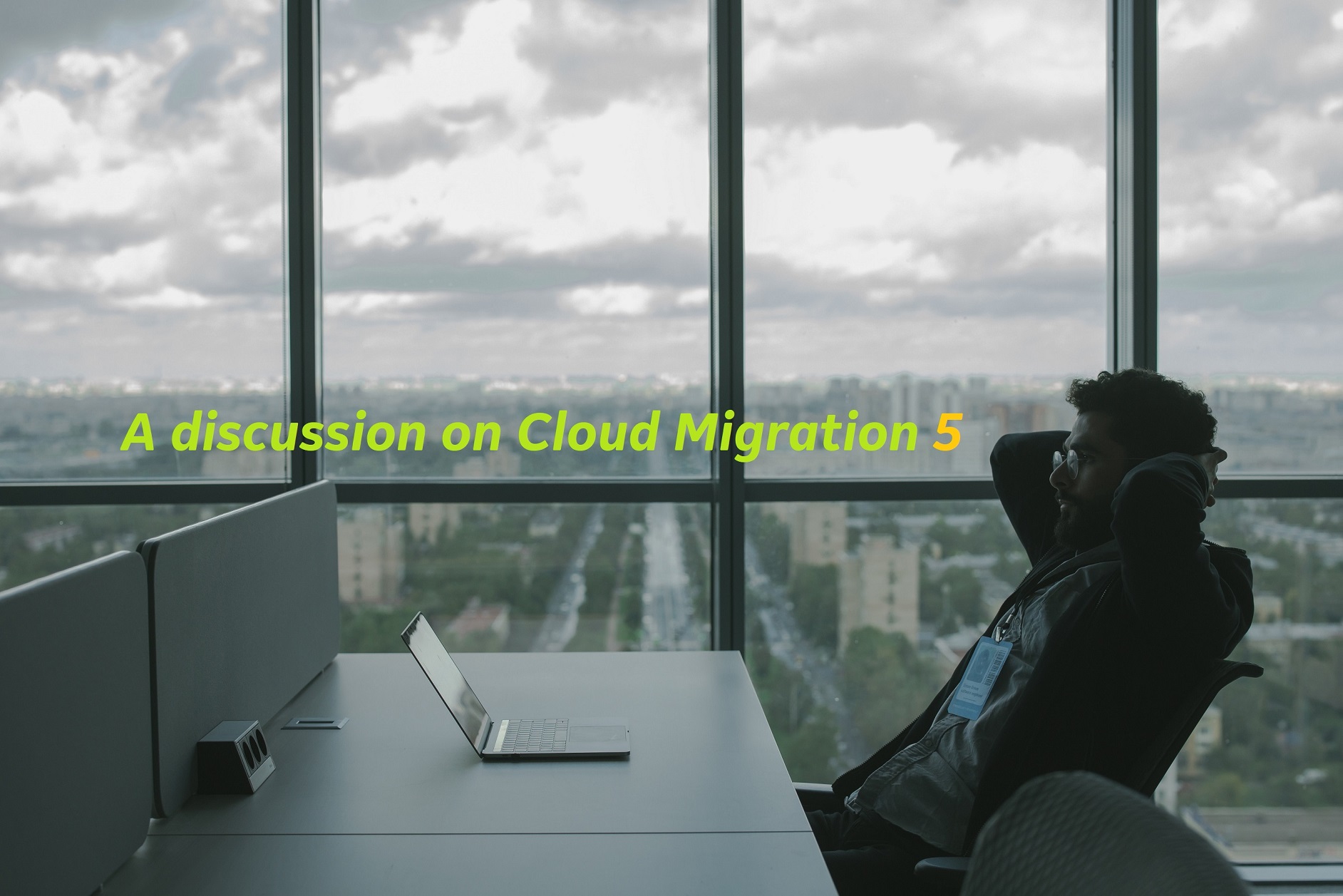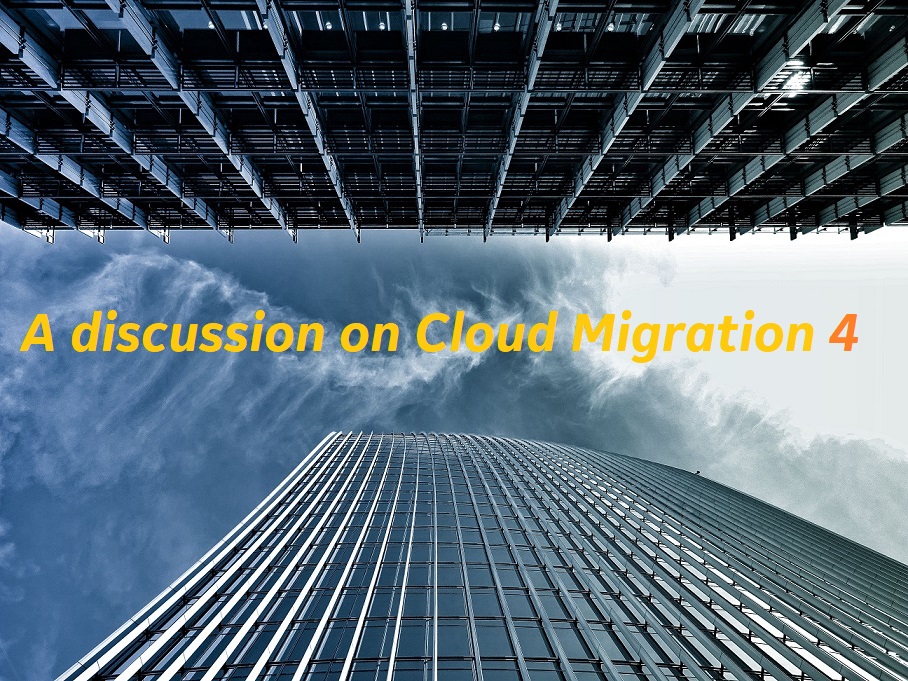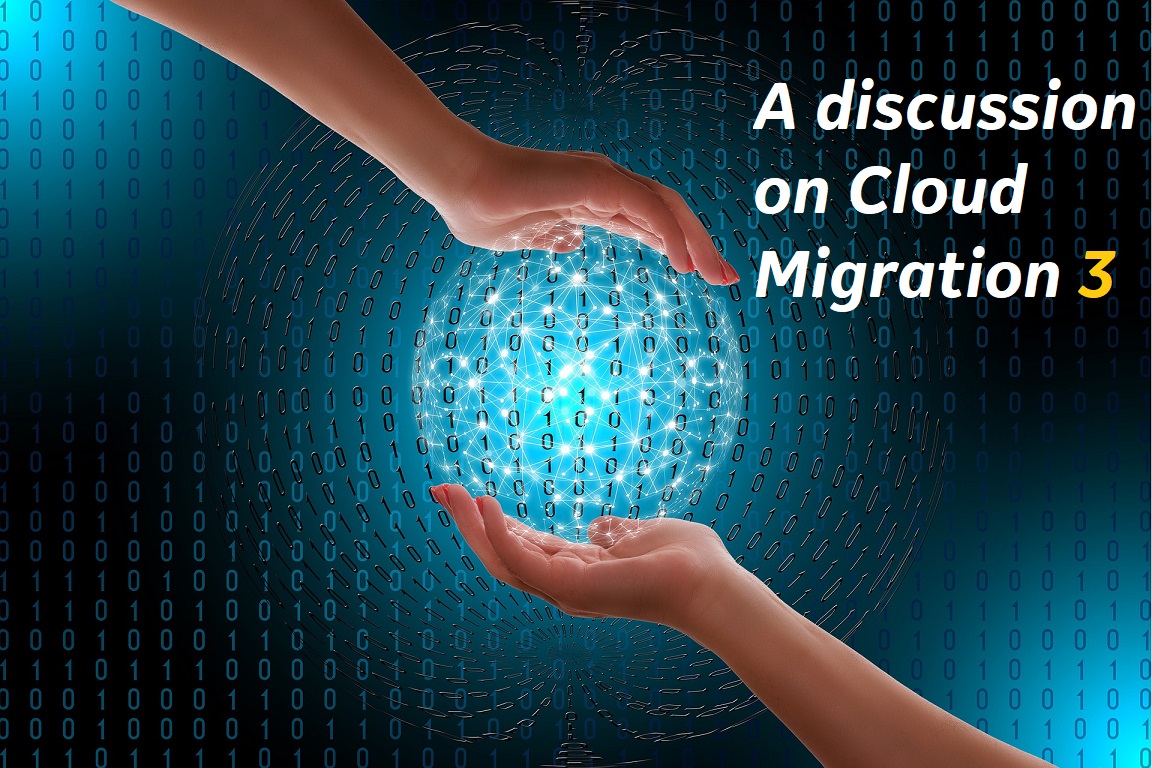Links to other parts
A discussion between a CxO and a senior Data Architect Part 1
A discussion between a CxO and a senior Data Architect Part 2
A discussion between a CxO and a senior Data Architect Part 3
A discussion between a CxO and a senior Data Architect Part 4
Background: We have been going through a discussion that took place between senior leadership and a data architect. Here the final part of the series continues.
Discussion Follows:
Alison: We are currently holding stakeholder financial portfolios, customer personal identities, and other sensitive information which is classified as confidential and restrictive. When I say moving to the cloud, the first thing that comes to my mind was data security. We are going to store our corporate data in a public cloud data center like Azure or AWS. Since you are the data owner, you need to convince me about the cloud migration by explaining the public cloud security capabilities. Considering I have zero knowledge about cloud security, can you list out all possible security risks and how Cloud providers can handle them?
Vasumat: Security is the top concern for any business. Security is a shared responsibility between the cloud provider (Azure, AWS, Google Cloud, etc.) and the customer in a public cloud platform. Three fundamental objectives of data security are A) Confidentiality – Ensuring data privacy; B) Integrity – Protect data from accidental or intentional alteration or deletion without proper authorization; C) Availability / Data Resiliency – Despite the incidents data continues to be available at a required level of performance.
Possible security risks, reasons, solutions / preventive measures:
Reason: Weak credentials, unchanged passwords, keylogging (monitoring keystrokes), sharing credentials, etc.
Prevention: Strong credentials, no sharing, define expiry time for tokens, enable password policy, enable multifactor authentication, do not write passwords in a clear text format, store keys, and certificates in Azure Vault, allow access only to the specific IP addresses, do not use public computers or Wi-fi to connect to the cloud portals, etc.
Reason: Low clarity of goals, untrained resources, unclear policies, not having proper data handover process in resource exit formalities, etc.
Prevention: Train the resources, make your IT policies stronger (Ex: Password expiry, restricting risky apps, games, pirated software downloads, internet gateways), create a tight monitoring control, etc.
Reasons: Not sanitizing the inputs, not implementing timeout policy, displaying session IDs in URL, not using SSL/TLS, not encrypting passwords, failing to verify the incoming request source, exposing object references (table/view/function, database, file, storage, server, etc.), exposing error handling information to the end client, running unnecessary services, using outdated software, plugins, not having a standard audit policy, etc.
Prevention: Properly sanitize the user inputs; configure session timeout based on requirement; do not expose unnecessary information (error info, object references, session ID, app metadata, etc.) to the end client; always make sure that underlying app components are updated with the latest patch; don’t do redirects at all. If it is necessary, have a static list of valid locations to redirect to; equip apps with SSL/TLS, multi-factor authentication, etc.; Establish a strong security clearance layer, which means every time new code is deployed, we need to review, scan and identify security loopholes; Enable Web Application Firewall which acts as a layer between application and internet and filters the traffic and protects our App from common attacks like cross-site forgery, cross-site-scripting (XSS), file inclusion, and SQL injection. It is recommended to use Cloud-based WAF to automatically update it to handle the latest threats. Schedule periodic audits on application code. We use vulnerability scanners like Grabber, which performs automatic black-box testing and identifies security vulnerabilities.
Reason: Data Breach and theft of IP are the implications of a failed security framework. Typically, any security weak point can cause this to happen. Ex: Leaked Credentials, human error, application loopholes, weak or not having IT policies, storing encryption keys along with the encrypted data, etc.
Prevention: We must be able to control the entire workflow and data flow in our cloud workload. When a request is coming or going from/to our cloud network, we (our policies, standards, security posture) must drive the flow that includes “who can enter our network?”, “sanitizing the request based on its source and access pattern”, “network route it can take”, “resource that it can reach”, “data it can access”, “actions it can perform”, “results it can carry back to the request initiator (service, app, browser, etc.)” etc.
Reason: Hardware failure, power failure, datacenter failures, natural disasters, accidental deletion, not understanding and having proper agreements (data retention period), not having proper backup, no or weak disaster recovery plan, not performing the backup health, not having the tight protection control for backups, etc.
Prevention: Understand the SLA (Service Level Agreement) on Data Retention Policy (How long data is required and how to dispose of), Recovery Point Objective (RPO – Maximum allowed data loss), Recovery Time Objective (RTO-maximum allowed downtime), and plan your backup and disaster recovery accordingly. Depending on data volume, and operations, perform DR drills to ensure that backups are healthy. Wherever possible keep the secondary copies in across regions, utilize long-term backup features, etc.
Reason: Companies are not taking regulatory compliance seriously; Many companies are still in the awareness stage; Thinking about the investment in implementation efforts that requires collaboration, strategies, and skillset. Mostly programmers and IT developers are taking regulatory compliance as the least priority.
Prevention: Its Big bosses’ (IT Decision maker, cloud/data architect) responsibility to insist on compliance with the regulatory standards; At on-premises we may need to use third-party tools to audit our infrastructure to validate the compliance with the regulatory, but in the cloud, we have in-built support. We can use Azure policies to implement the required standards. “Regulatory compliance dashboard” in Azure security center is one of my favorite features. It monitors, validates, and reports non-compliant issues. So that we can fix them to ensure that we are complying with the regulatory standard. It validates almost all aspects Ex: Network, Cloud endpoints, Data protection, Threat detection, vulnerability management, privileged access, backup & recovery, etc.













